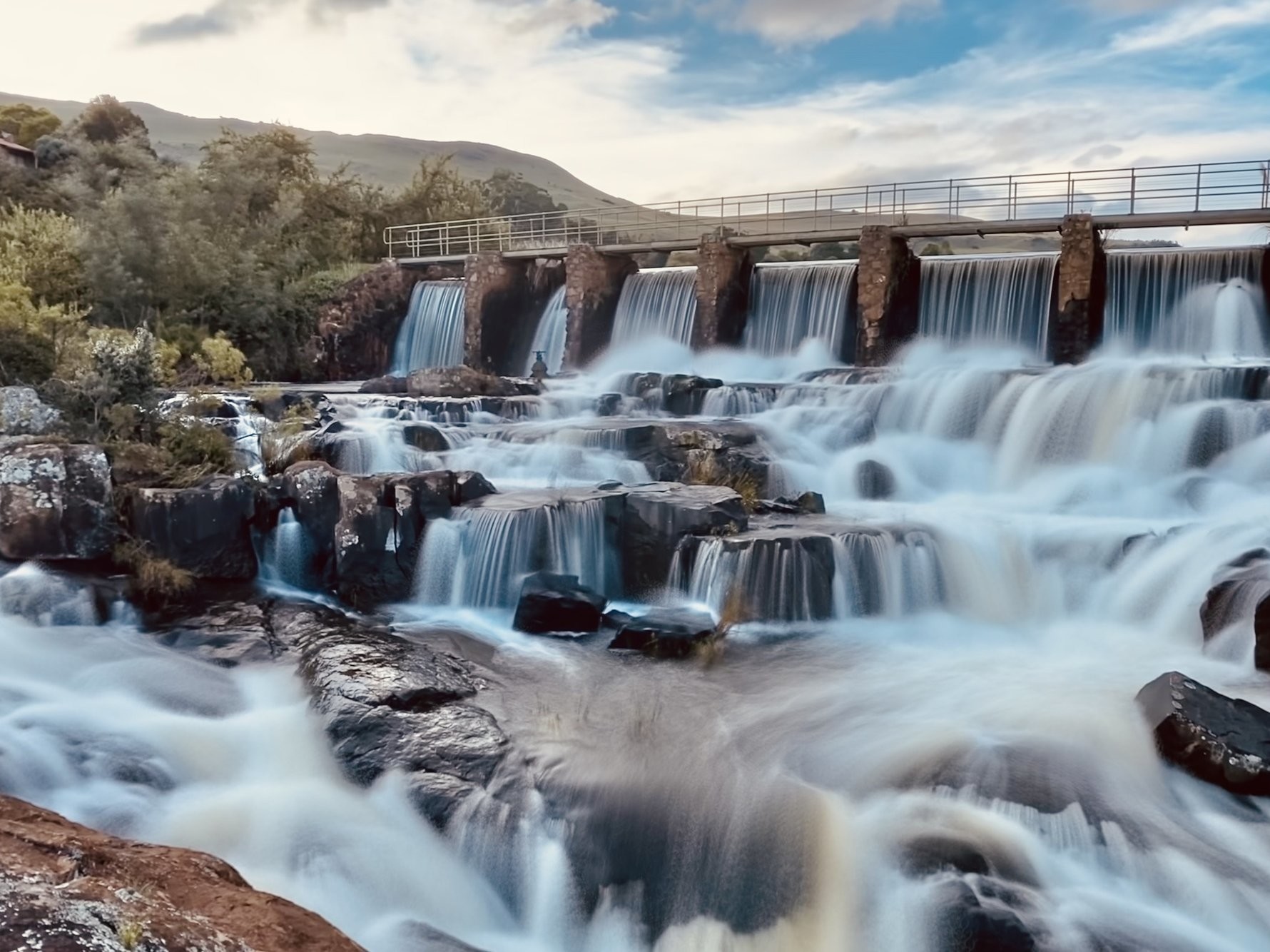Johannesburg North Attractions - The Facts
Table of ContentsIndicators on Johannesburg North Attractions You Should KnowThe Greatest Guide To Johannesburg North AttractionsWhat Does Johannesburg North Attractions Do?The 5-Second Trick For Johannesburg North AttractionsGetting My Johannesburg North Attractions To WorkSome Known Questions About Johannesburg North Attractions.The 7-Minute Rule for Johannesburg North Attractions
Nonetheless you should keep security in mind and visitors must remain alert in any way times when in unknown environments. Speak with the locals when you remain in town to learn about the area you are remaining in. Johannesburg North attractions. When on the road (this does not put on shopping center and various other safe settings) ideal basic recommendations is to try your ideal to appear like a neighborhood and to avoid presenting any kind of wealth
The Best Guide To Johannesburg North Attractions
Professor Revil Mason O. J. (Thomson, 1946) discovered the Witwatersrand's pre-colonial history. His historical work blew up the 'em pty land' misconception, according to which the area was devoid of human habitation prior to the arrival of European settlers. In his magazines Prehistory of the Transvaal: A Document of Human Task (1962) and Origins of Black Individuals of Johannesburg and the Southern Western Central Transvaal AD 3501880 (1986 ), Teacher Mason demonstrated the degree of social and economic development in the location before Europeans set foot right here.

An Unbiased View of Johannesburg North Attractions
In 1878, David Wardrop located gold in quartz blood vessels at Zwartkop, north of Krugersdorp. In 1881, Stephanus Minnaar came across gold on the ranch Kromdraai, near the Cradle of Mankind.
In March 1886, a protrusion (quickly to be called the Key Coral reef) was discovered, fairly fortunately, on Gerhardus Oosthuizen's ranch Langlaagte. Some state that the Lancastrian coal miner George Pedestrian found this coral reef. One more itinerant English miner, George Harrison (who had previously operated in Australian mines) gotten a prospecting permit in respect of Langlaagte in May 1886.
He made a decision to go on in a mission for greener fields, and disposed of his Langlaagte insurance claim for the handsome sum of 10. Alas: under lay the wealthiest goldfield ever located. The exploration of this rich auriferous coral reef provoked a gold rush that signalled completion of agrarian tranquillity in the southern Transvaal.
It would certainly, within 6 years, end up being the largest town in southerly Africa. Within a decade, it would make the visit this site right here Z. A. R. until after that an anarchical and bankrupt little state the wealthiest nation in Africa. By the millenium, the Z. A. R. was to exceed Russia, Australia and the USA of America to come to be the world's leading gold producer, producing even more than a quarter of the world's gold.
Getting The Johannesburg North Attractions To Work
It was referred see this here to as Ferreira's Camp, called after Colonel Ignatius Ferreira. He was a Boer traveler upon whom the British authorities had bestowed the standing of Friend of one of the most Distinguished Order of St Michael and St George (qualifying him to the post-nominal letters C. M. G.) in gratefulness for his role in the battle that had actually deposed the Pedi king Sekhukhune in 1879.
Soon the camp was including outdoors tents and wagons as beginners got here daily from much and wide. By September 1886, some 400 people lived in Ferreira's Camp, which quickly flaunted prefabricated iron and hardwood structures. 2 other camps were established: Meyer's Camp on the farm Doornfontein, and Paarl Camp. The latter was nicknamed Afrikander Camp; lots of people from the Cape Colony worked out there.

The Of Johannesburg North Attractions
This name acquired currency by word of mouth, such that the State Secretary attested the name to the Mining Commissioner on 9 October 1886. Stands in the village were auctioned on Related Site 8 December 1886. While some stands were marketed for 10, others were knocked down for as low as sixpence.
2 years later on, these erven were to transform hands for as high as 750 each. The tented camps dwindled as a dorp of corrugated iron buildings developed and expanded north of the mines located along the Main Reef Roadway. Areas such as Jeppe's Community (where working-class immigrants erected their houses) and Doornfontein (where the upscale brand-new 'Randlords' started to build their luxurious homes) were quickly included to the ever-expanding map of the community.
Excitement About Johannesburg North Attractions
Apart from the road names, there were no indicators of Johannesburg being located in a Dutch-speaking nation., virtually everybody talked English and even the Federal government servants addressed one in English, unless they were initial resolved in the Taal (or Low Dutch)'.
Therefore, Britain had a rate of interest in guaranteeing optimal problems for gold production on the Witwatersrand, which the gold was exported to London instead than Berlin an important provided even more clamant by the Z. A. R - Johannesburg North attractions.'s enhancing toenadering with Germany. Mine owners got on a collision training course with Head of state Kruger, whose plan of monopolistic giving ins (often granted to his cronies) protected against mining firms from procuring products of products (especially dynamite) and work on their very own, cheaper terms
The Ultimate Guide To Johannesburg North Attractions
In 1890, the Volksraad had actually restricted the franchise business to white men that had lived in the Z. A. R. for fourteen years or longer, thus disqualifying the majority of the immigrants (who took place to be the major factors to the fiscus). Agitation for the ballot was a simple pretext for advertising a various schedule; the majority of uitlanders concerned themselves as temporary site visitors and had no intention of continuing to be in the Z.